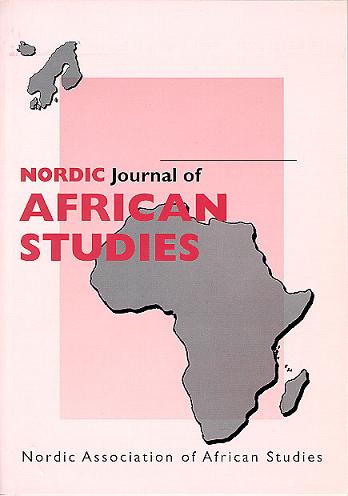
Published 2006-12-31
How to Cite
Abstract
An examination is made of the benefits a rural family in the Fouta Djallon Highlands in Guinea gets from forests and trees in their everyday life, how significant those benefits are for their livelihood, and what people think about some agroforestry practices. The data for the study was collected using semi-structured interviews and participant observation. Regardless of the season, trees and forests are an integral part of the everyday life of the inhabitants of the study villages. The benefits offered by forests are both indirect and direct. Wood used for cooking remains the most important livelihood product from forests. Many non-wood forest products, like medicinal and food plants, are important to the villagers. The forest land, and the use of leaves as fertilizers are also essential for agriculture and cattle husbandry. The most explicit value is that from fruits that can be sold for a profit. The néré tree (Parkia biglobosa (Jacq.) R. Br. Ex G. Don) is considered the most important wild plant. Other benefits of trees, such as providing shade and windbreaks, are also highly valued. The agroforestry practices studied were not well known in the study villages. Villagers’ opinions of living fences and tree plantations on fallow fields varied considerably.
